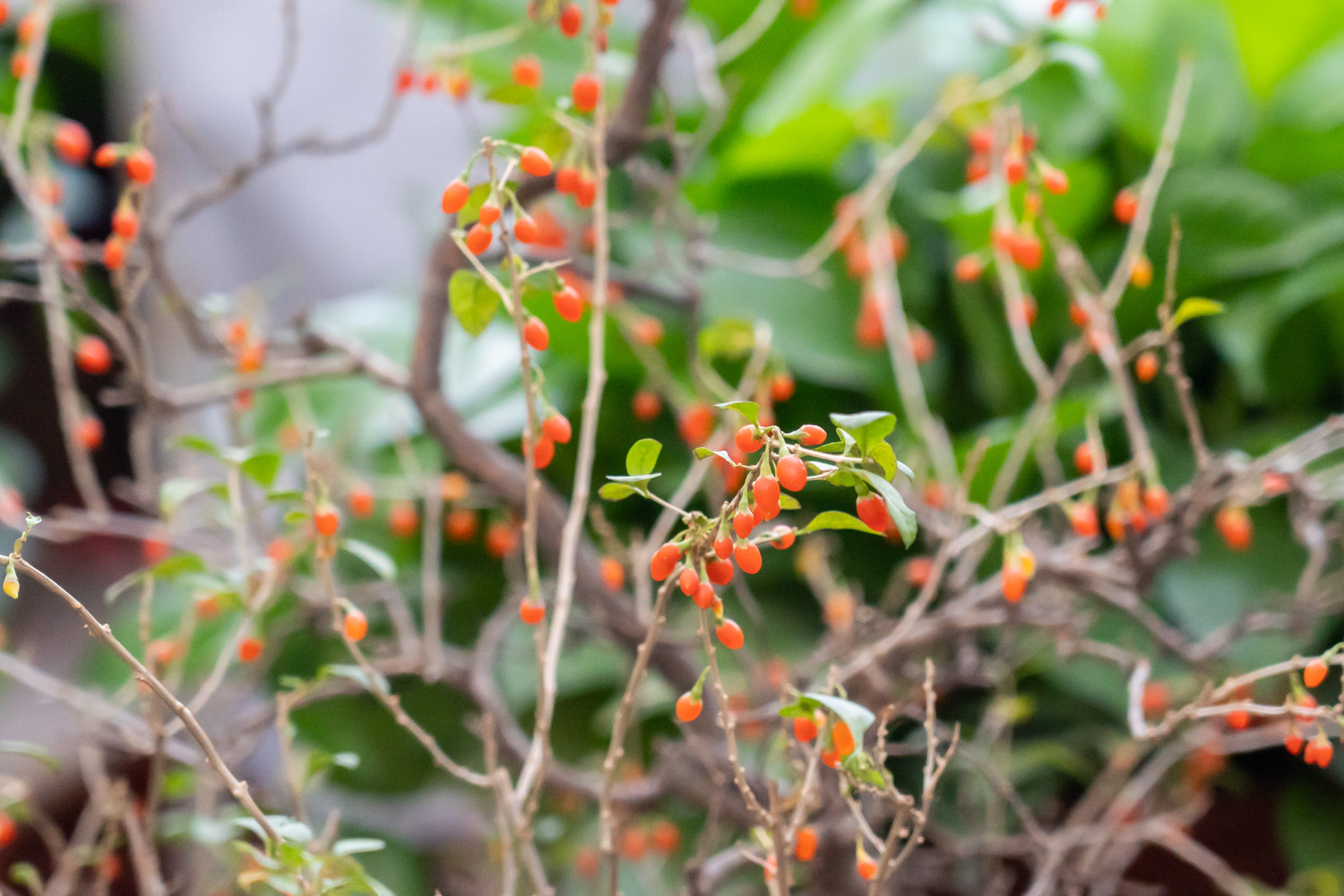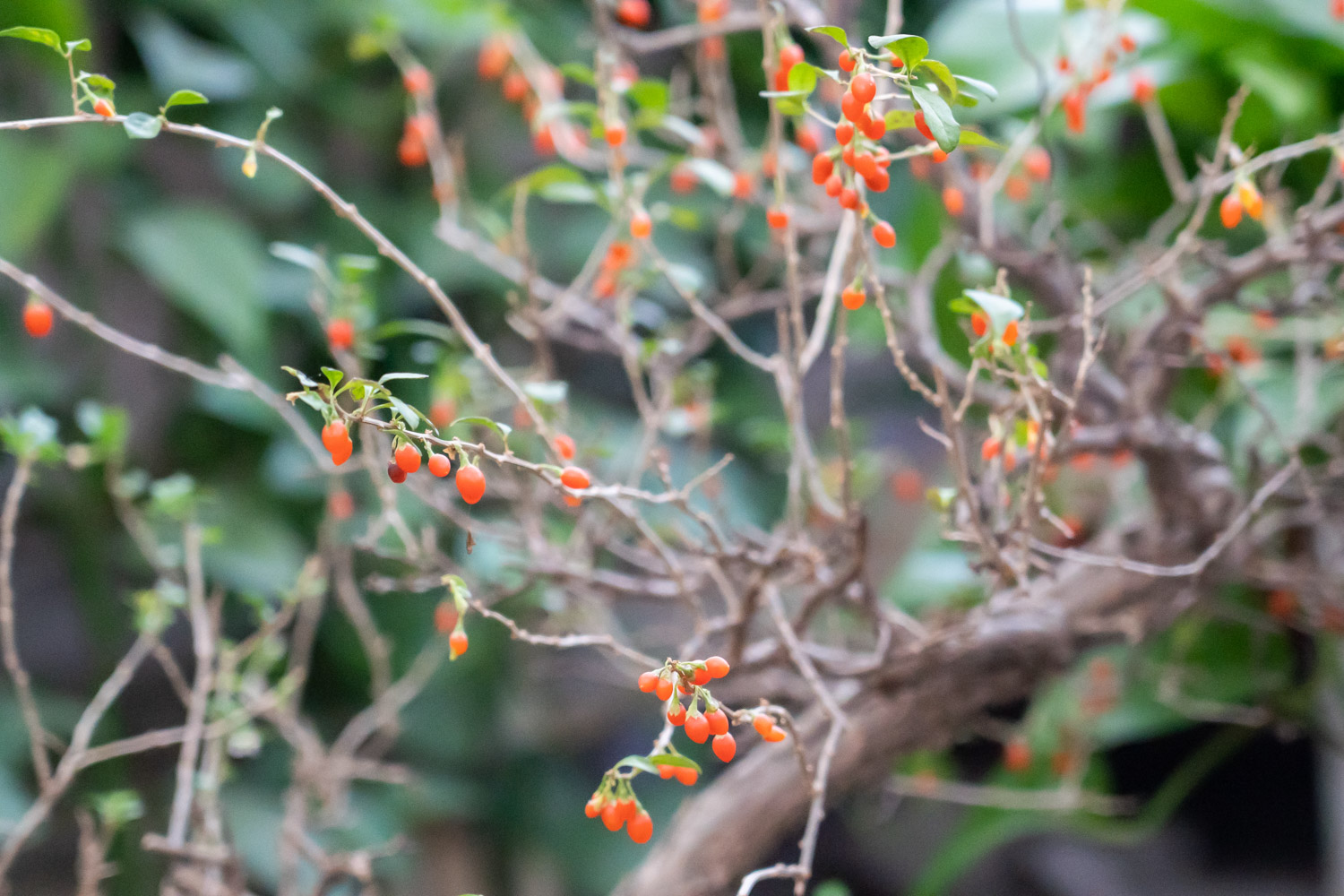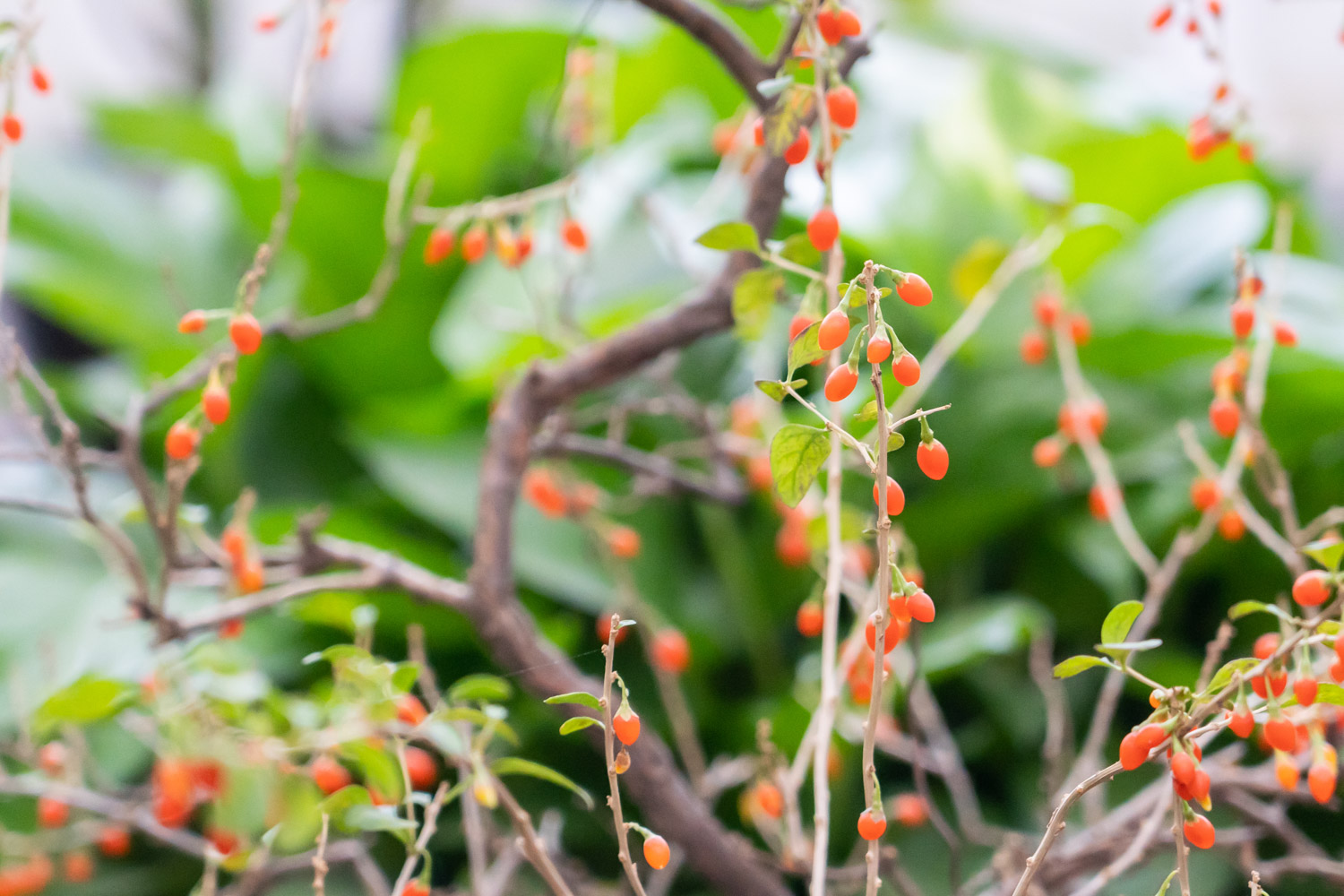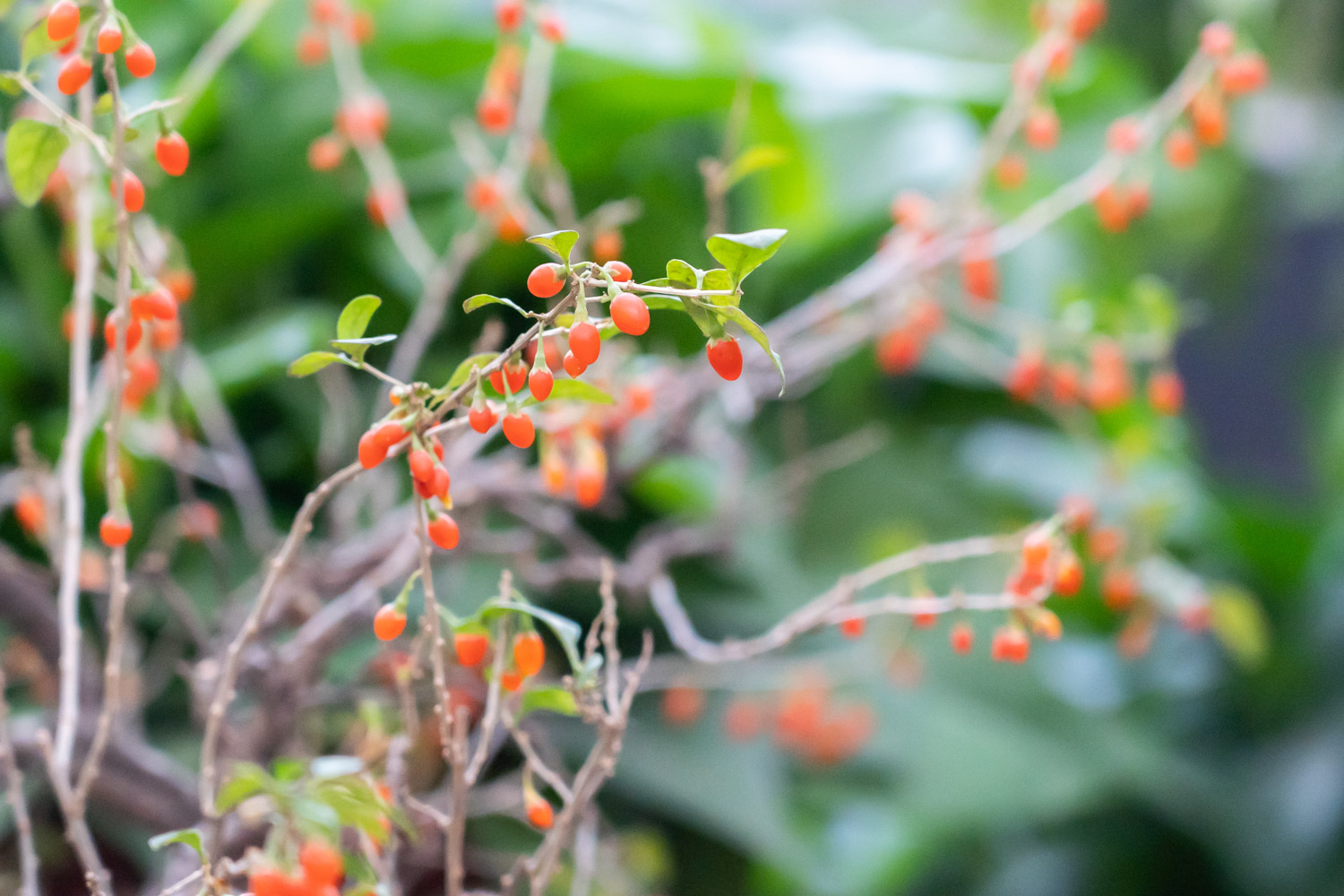1、 Curing method
1. Soil: bonsai planting has a high demand for soil, which is generally suitable for breeding. Among the soil with good drainage performance, sandy soil is the best choice

2. Moisture: the amount of water for planting medlar bonsai is necessary. At ordinary times, as long as the soil layer is moist, it can be. Avoid pouring too much water, so that there is ponding in the basin for storage
3. Nutrient: when it is just planted, it is when it takes root. At this time, fertilization is not allowed. The time of fertilization should be three months after planting, and soybean cake fertilizer can provide it with sufficient nutrients

4. Light: I like plenty of sunshine, but when it is dry and hot in dog days, I should give it shade and protection. It can be directly irradiated at other times
2、 Breeding skills
1. Pruning: there will be withered and old branches and leaves and long branches without fruit during breeding, which will greatly affect their absorption and beauty. At this time, these useless branches should be properly pruned
2. Propagation: cutting is often used to propagate before germination in spring. Choose about 15cm strong branches, insert them obliquely close to the soil, and then keep the soil moist to take root and sprout, so the survival rate is very high

3、 Diagnosis and treatment problems
1. Only long branches and leaves without fruit: after planting bonsai for a period of time, it is found that only vigorous branches and leaves grow, but there is no phenomenon of flowering and fruiting. This is because of its lack of light, so it should be given sufficient light during breeding
2. Autumn bud Management: after the summer, its flower buds and new branches and buds will grow at the same time. At this time, more protection should be taken. Avoid falling buds, and avoid too much water spraying when the soil is dry or wet, so as to avoid falling buds

4、 Other issues
1. How to spend the winter: in winter, it will enter the hibernation period. At this time, it should be properly roughly cut again to prevent frostbite. Moreover, appropriate thermal insulation protection is also necessary
2. Whether it can be cultured indoors: it can be cultured indoors, but it should be placed in a place with sufficient light and good ventilation. To maintain the air circulation in the house for a long time to avoid diseases and pests caused by lack of ventilation


 jackfruit
jackfruit snake plant
snake plant hibiscus
hibiscus hydrangea
hydrangea lavender
lavender Green roses climb al...
Green roses climb al... If you don't pay att...
If you don't pay att... Management of four g...
Management of four g...































